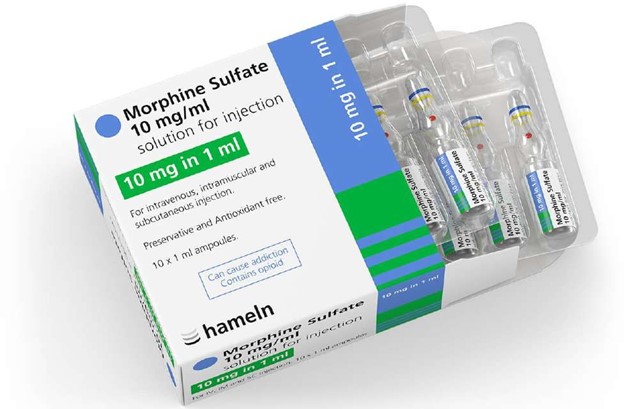A nurse is assessing a client who has septic shock and is receiving dopamine by continuous IV infusion.
Which of the following findings indicates that the nurse should increase the rate of infusion?
Hypotension.
Extravasation.
Headache.
Chest pain.
The Correct Answer is A
Dopamine is a medication used to treat hypotension, low cardiac output, and poor perfusion of vital organs.
It is used to increase mean arterial pressure in septic shock patients who remain hypotensive after adequate volume expansion 1.
If the client is still experiencing hypotension while receiving dopamine by continuous IV infusion, the nurse should increase the rate of infusion to improve the client’s blood pressure.
Choice B is wrong because Extravasation, is not the correct answer because it refers to the leakage of IV fluid or medication into the surrounding tissue and is not an indication to increase the rate of dopamine infusion.
Choice C is wrong because Headache, is not the correct answer because it is not specifically related to dopamine therapy or an indication to increase the rate of infusion.
Choice D is wrong because Chest pain, is not the correct answer because it is not specifically related to dopamine therapy or an indication to increase the rate of infusion.
Nursing Test Bank
Naxlex Comprehensive Predictor Exams
Related Questions
Correct Answer is B
Explanation
Heparin is an anticoagulant medication that is used to decrease the clotting ability of the blood and help prevent harmful clots from forming in blood vessels.
The activated partial thromboplastin time (aPTT) is a laboratory test commonly used to monitor unfractionated heparin therapy.
An aPTT value of 90 seconds is above the therapeutic range and indicates that the heparin infusion rate should be decreased.
Choice A is wrong because Erythrocyte sedimentation rate 18 mm/hr, is not the correct answer because it is not used to monitor heparin therapy.
Choice C is wrong because INR.2, is not the correct answer because it falls within the normal range for INR values and is not used to monitor heparin therapy.
Choice D is wrong because Platelets 350,000/mm, is not the correct answer because it falls within the normal range for platelet counts and is not used to monitor heparin therapy.
Correct Answer is B
Explanation

Opioids such as morphine are used to relieve moderate to severe pain in cancer patients.
Choice A is wrong because ibuprofen is a nonsteroidal anti-inflammatory drug (NSAID) that may be used to relieve mild pain, not moderate pain.
Choice C is wrong because acetaminophen may be used to relieve mild pain, not moderate pain.
Choice D is wrong because aspirin is an NSAID that may be used to relieve mild pain, not moderate pain.
Whether you are a student looking to ace your exams or a practicing nurse seeking to enhance your expertise , our nursing education contents will empower you with the confidence and competence to make a difference in the lives of patients and become a respected leader in the healthcare field.
Visit Naxlex, invest in your future and unlock endless possibilities with our unparalleled nursing education contents today
Report Wrong Answer on the Current Question
Do you disagree with the answer? If yes, what is your expected answer? Explain.
Kindly be descriptive with the issue you are facing.
